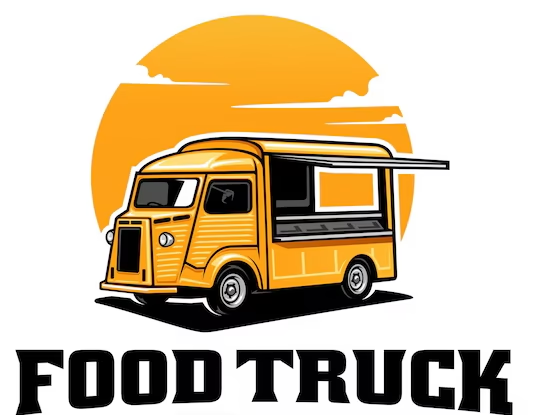Designing an Efficient Food Trailer Layout: Maximizing Space and Workflow
When it comeshttp://yourdesignedfoodtrailer.shop to food trailers, every inch counts. Unlike a traditional brick-and-mortar restaurant, food trailers operate within a compact space that must accommodate cooking, storage, customer service, and movement—all without compromising efficiency. Whether you’re setting up a new food trailer or looking to improve your current layout, an optimized design can make all the difference in speed, safety, and profitability.
Key Considerations for an Efficient Food Trailer Layout
Before diving into the specifics, consider the following factors:
- Menu Requirements:http://commercialtrucktrader.com Your layout should reflect the type of food you prepare. If you’re serving deep-fried items, for instance, you’ll need space for fryers and ventilation. If you’re making wraps or sandwiches, a prep station should be prioritized.
- Workflow Efficiency: The layout should support a seamless flow from food prep to service, ensuring that employees don’t cross paths unnecessarily.
- Regulations and Safety Codes: Depending on your location, food trailers must adhere to local health and fire safety standards.http://craigslist.org Proper spacing, ventilation, and plumbing are crucial.
Essential Zones in a Food Trailer Layout
An ideal food trailer layout includes designated zones for specific tasks, ensuring efficiency and orderliness.
1. Cooking Station
The heart ofhttp://ebay.com any food trailer, the cooking station should be well-ventilated and contain essential appliances such as:
- Grills, fryers, or ovens, depending on your menu
- Heat-resistant surfaces
- Proper exhaust systems to eliminate smoke and odor
2. Prep Area
The prephttp://usedvending.com area is where ingredients are sliced, mixed, and assembled. It should include:
- Counter space for food assembly
- Cutting boards and knife holders
- Refrigerated storage for perishable ingredients
3. Storage Section
Efficient storage keeps your trailer uncluttered and organized. Consider:
- Overhead racks for dry goods and utensils
- Refrigerators/freezers for meat, dairy, and produce
- Secure cabinets for cleaning supplies
4. Service Window
Your interaction with customers happens at the service window, so it should be easy to access and functional:
- A clearly visible menu
- Shelving for easy access to drinks and condiments
- A point-of-sale system for quick transactions
5. Cleaning & Sanitation Station
Maintaining hygiene is essential for food safety and regulatory compliance. Include:
- Handwashing sinks with easy access
- Trash bins positioned strategically for quick disposal
- Sanitizing stations for wiping down surfaces frequently
Optimizing Your Layout for Speed and Convenience
Here are a few expert tips to ensure your food trailer layout promotes efficiency:
- Adopt a Linear Workflow: http://facebook.com/marketplaceThe best layouts move in a straight line from food prep to service, minimizing unnecessary backtracking.
- Maximize Vertical Space: Since floor space is limited, use wall-mounted shelves and hooks to store equipment and supplies.
- Choose Compact Equipment: Opt for appliances designed for small kitchens to save space while maintaining functionality.
- Consider Employee Comfort: Ensure enough clearance for staff to work efficiently without feeling cramped.
Conclusion
A well-organized food trailer layout can significantly impact service speed, customer satisfaction, and overall efficiency. By thoughtfully designing each section and optimizing workflow, you can create a space that allows your team to work seamlessly while delivering high-quality food.

